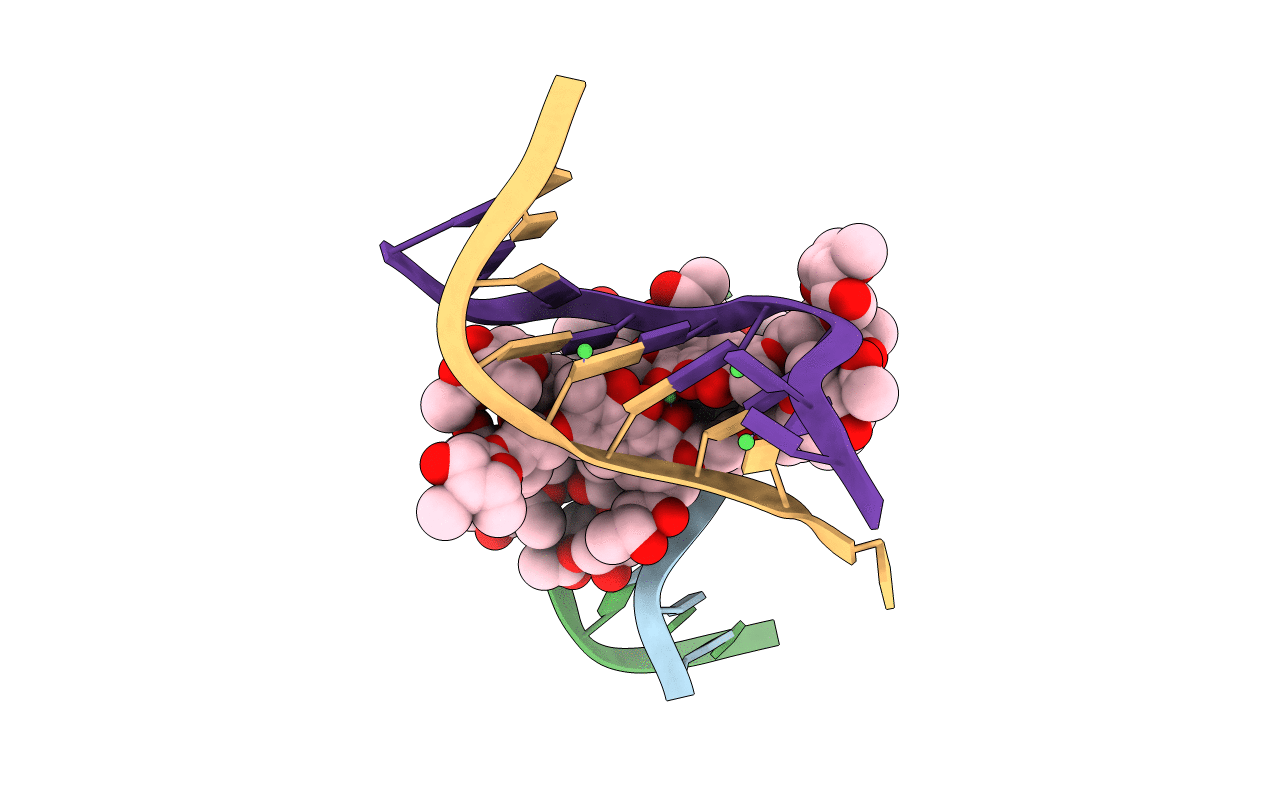
Deposition Date
2019-10-31
Release Date
2021-01-13
Last Version Date
2023-11-22
Entry Detail
PDB ID:
6L76
Keywords:
Title:
Crystal structure of the Ni(II)(Chro)2-d(TTGGGCCGAA/TTCGGCCCAA) complex at 2.94 angstrom resolution
Biological Source:
Source Organism:
synthetic construct (Taxon ID: 32630)
Method Details:
Experimental Method:
Resolution:
2.94 Å
R-Value Free:
0.27
R-Value Work:
0.23
R-Value Observed:
0.23
Space Group:
P 65 2 2


